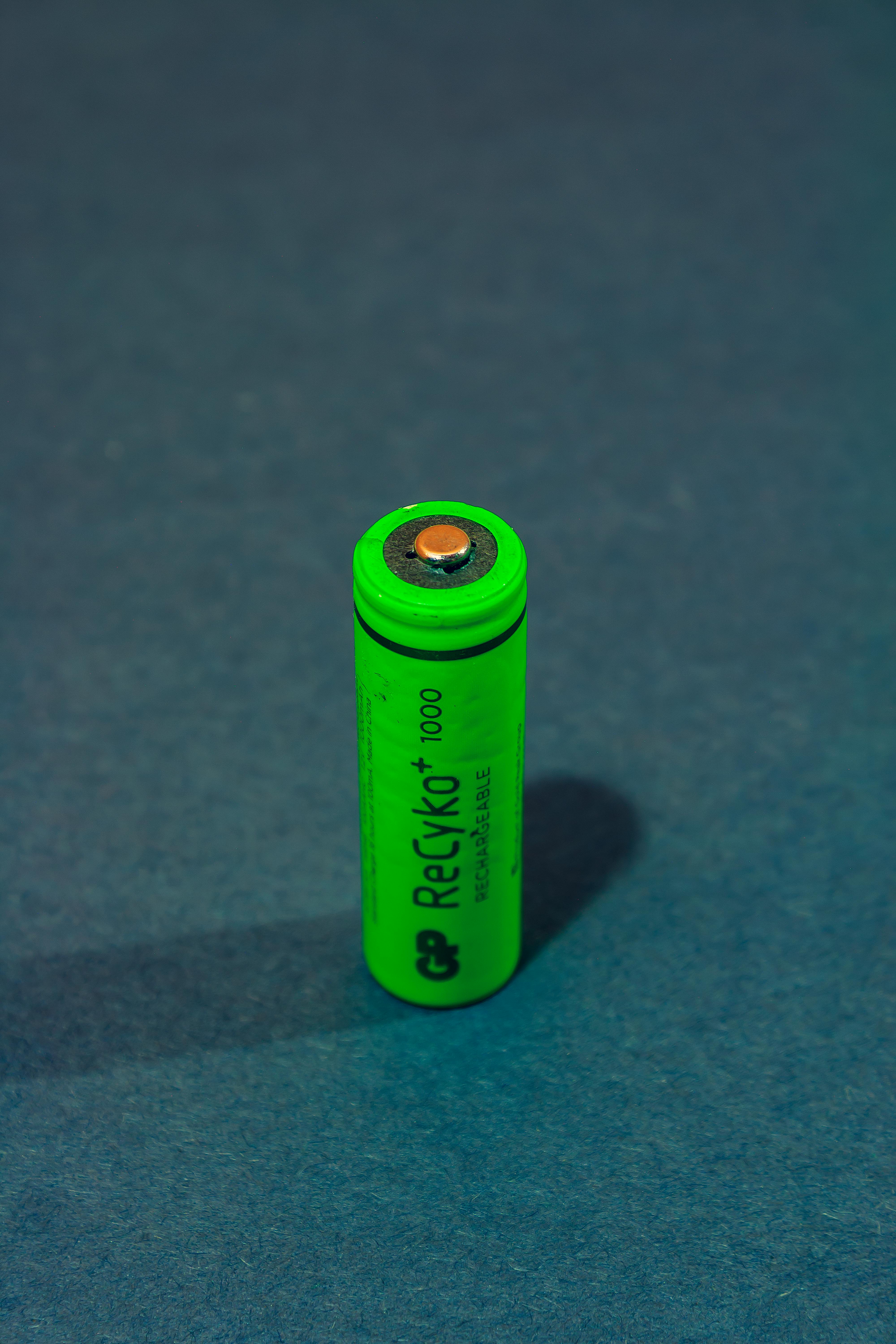Google Invests in Carbon Dioxide Battery for Energy Storage
Estimated reading time: 5 minutes
Key TakeawaysIntroduction
As the global energy landscape rapidly shifts towards renewable sources like solar and wind, the challenge of storing this intermittent power efficiently becomes increasingly critical. Could a breakthrough in battery technology, using carbon dioxide battery chemistry, hold the key to unlocking cleaner, more reliable energy storage solutions? Google’s recent investment in this emerging technology underscores the urgency and potential of innovative approaches in renewable energy storage. This blog explores how these batteries work, why they matter, and what it means for the future of sustainable power.

The Promise of Carbon Dioxide Batteries
Traditional battery technologies, such as lithium-ion, have dominated the market but face limitations regarding raw material scarcity, environmental impact, and scalability. Enter the carbon dioxide battery, an innovative system that utilizes carbon dioxide molecules in its electrochemical process. This unique approach leverages carbon dioxide as an active material for energy storage, turning a greenhouse gas into a resource rather than a pollutant.
One startup leading this charge recently caught the attention of Google, which announced an investment aimed at accelerating the development and commercialization of this technology. The battery’s design allows for sustainable power storage by offering higher storage capacity and longer life cycles while reducing environmental harm typically associated with mining and battery waste.
In practical terms, this technology could provide a scalable and cost-effective way to store large quantities of energy generated from renewable sources, mitigating issues related to grid stability and energy availability during off-peak times.
Comparing Carbon Dioxide Batteries to Conventional Storage
Many energy experts have noted several advantages of renewable energy storage via carbon dioxide battery technology over traditional lithium-ion solutions:
While still in nascent stages compared to mature technologies, the development timeline for carbon dioxide batteries is accelerating, supported by strategic investments such as Google’s. This competitive edge could mark a new era in how renewable energy storage is approached globally.

Google’s Strategic Role in Green Energy Technology
Google’s commitment to carbon-neutral operations and a 24/7 carbon-free energy target by 2030 requires constant innovation in sustainable infrastructure. Their Google investment in this nascent battery startup illustrates a proactive approach to overcoming the limitations of current energy storage systems.
By funding the research, development, and scaling of green energy technology, Google is betting on a future where renewable energy can be stored more economically and sustainably. This aligns with the company’s larger mission to enable carbon-free energy supply chains and help other industries transition to clean power.
Industry analysts suggest that such investment boosts confidence among other venture capitals, fostering a dynamic ecosystem conducive to breakthroughs in sustainable power storage and climate tech innovation.
Future Outlook and Practical Implications
The implications of deploying carbon dioxide batteries at scale extend beyond energy companies and governments. Residential and commercial sectors could experience enhanced energy reliability and decreased costs, particularly in areas reliant on solar or wind power. Additionally, the reduction in toxic raw material usage and safer chemical profiles translates to improved environmental and human health standards.
Technological challenges remain, including optimizing battery cycles and manufacturing processes. However, with major players like Google pushing innovations and increasing R&D investments, these hurdles are expected to diminish rapidly.
For consumers, businesses, and policy makers, understanding the capabilities and environmental benefits of carbon dioxide battery innovations will be essential when planning energy strategies in the coming decades.
Conclusion
The intersection of cutting-edge science and corporate responsibility has given rise to promising advances in sustainable power storage. Google’s investment in carbon dioxide battery technology signifies a pivotal step toward enhancing green energy technology infrastructure worldwide.
With potential benefits ranging from reduced carbon emissions to increased safety and capacity, these batteries could soon become vital components of a clean energy future. Stay informed about this evolving technology, and consider how it might fit into your energy solutions, whether you’re a homeowner, business leader, or policy advocate.
Ready to embrace the future of renewable energy storage? Follow our blog for the latest insights and technological breakthroughs.
FAQs
What makes a carbon dioxide battery different from traditional batteries?
Unlike conventional batteries that use metals like lithium or cobalt, a carbon dioxide battery incorporates carbon dioxide as an active component in the electrochemical process, potentially enabling lower environmental impact and abundant material availability.
How could Google’s investment influence the renewable energy market?
Google’s funding accelerates research and commercial viability of these batteries, encouraging other companies to invest in similar green energy technology, thereby speeding up the adoption of efficient, sustainable energy storage solutions globally.
Are carbon dioxide batteries safe for widespread use?
Initial data suggests that carbon dioxide battery chemistry poses fewer safety risks like overheating or fires compared to lithium-ion alternatives, making them promising candidates for broad applications.
When might we see carbon dioxide batteries commercially available?
Though still in development, ongoing investments from companies like Google indicate that commercial availability could emerge within the next 5 to 10 years as manufacturing scales and technical challenges are addressed.
Can existing renewable energy systems integrate carbon dioxide battery storage?
Yes, one of the key advantages of renewable energy storage via carbon dioxide battery technology is its compatibility with current grid infrastructure, potentially enhancing storage capacity and grid management.
Comments
Post a Comment